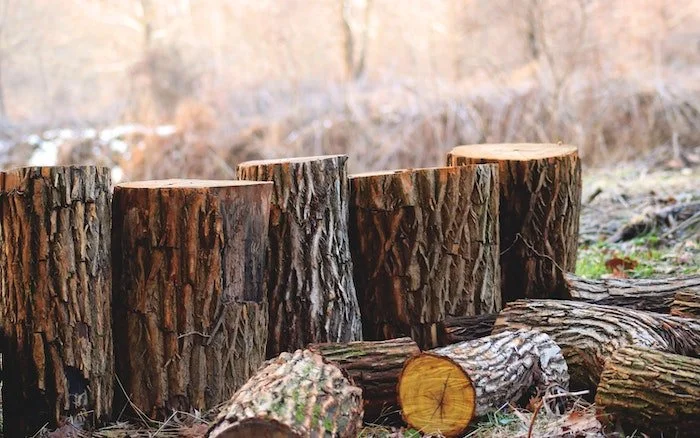“There is a morning inside you, waiting to burst open into light”. – Rumi
In ancient China and some other places around the world, people observed that the environment, plants, and animals changed with the seasons and cycles of nature to adapt and evolve. It was during these times that the human body was seen as a mini-reflection of these cycles, a whole Universe within.
The cycles consisted of five elements: Wood (Spring), Fire (Summer), Earth, Metal (Autumn), and Water (Winter).
Some ancient civilizations recognized the principle that every human and every object were made from many tiny parts that came together as a whole. Taoism, Buddhism as well as Ayurveda, describe how the Five Elements exist within the human body and every object on our planet.
The Five Element Theory
The Five Elements are associated with the Seasons of the year. Changing our lifestyles with the seasons is a way to stay in balance with ourselves and nature. The characteristics of each season is reflected in our body’s Chi or energetic rhythms. When we live this way, we remain in sync with the Earth.
We can take the Five Elements as a guide line for our yin yoga practice as they directly relate to our body’s physical health through our energetic system (Meridians), bringing emotional, mental and physical balance.
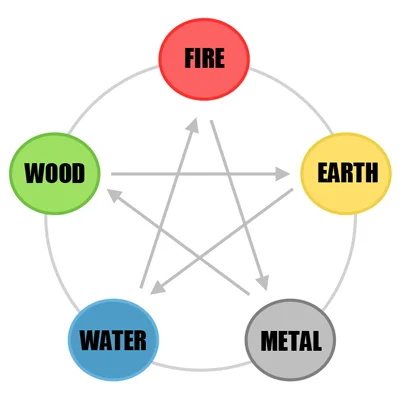
Yin Yoga for the Wood Element
“Melt like snow, wash yourself from yourself, and let love grow in your soul. Silent as a lily”. – Rumi –
Winter is a time of internal focus, when we are little seeds buried underground awaiting to sprout. When Spring arrives, we grow as our seeds of dreams become a reality. For Spring (the wood element), we target the liver (yin) and gall bladder (yang) meridian pair.
Yin Yoga helps regulate the Qi (energy body). It increases awareness of the energy level in the body, and stimulates the Qi. Yin yoga removes blockages by clearing up congested energy, allowing the energy to flow through the channels (Meridians or Nadis).
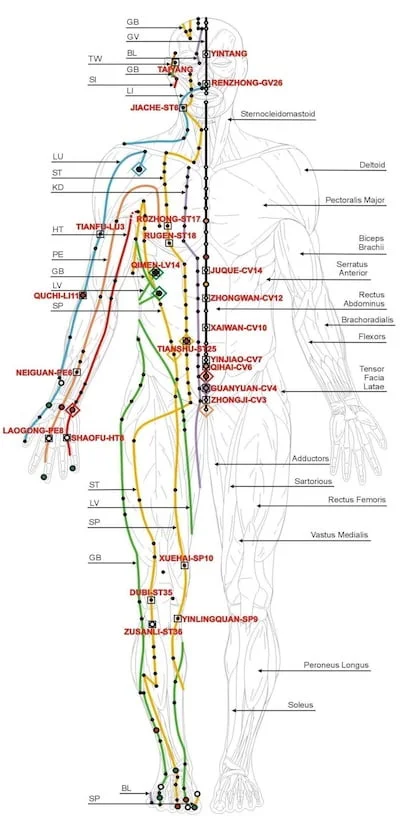
Nadis
Nadis are pathways from which Qi flows through the body. There are three main Nadis:
• Ida, the feminine, left nostril, Yin
• Pingala, the masculine, right nostril, Yang
• Shusumna, central, the path of Kundalini
Meridians
The Meridians are called “Jing-Luo”, Jing means “to go through” and Luo means “that which connects” like a net. Meridians are often described as a channel with certain functions:
• Move Qi and blood
• Moisten tendons and bones
• Benefits the joints
• Connects the inside and outside of the body
Acupressure & Acupoints
Acupressure is the use of pressure with the fingers or an acupoint. This has been around since ancient times, longer than acupuncture needles or moxibustions. There are various methods of this manual technique like; Reflexology, Shiatsu (Japanese), Tuina (traditional Chinese), Anma (traditional Japanese) and Daoyin (strictly mind/body exercise).
There are different methods of acupressure that are used to stimulate or sedate the acupoint and the surrounding tissues, influencing the meridian:
• Light touch on a point
• Deep touch on a point
• Gentle massage on a point
• Stimulating massage on a point
• Light massage on an area or Meridian
• Stimulating massage on an area or Meridian
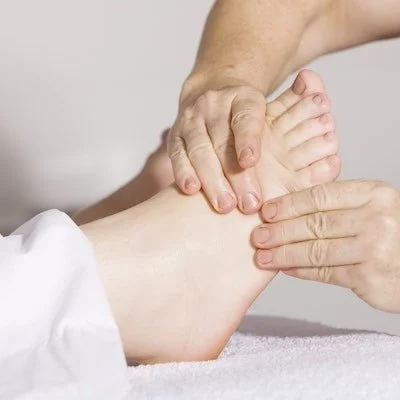
Liver Meridian
• The liver helps us turn ideas and visions into actions, controls the smooth flow of Qi (vital energy).
• An obstruction of liver energy can cause addictive tendencies and bursts of anger.
• There are 14 points along the (LV) Liver Meridian from the great toe to the chest.
• LV meridian originates at the lateral aspect of the big toe, to medial aspect of the knee and up to the groin.
• Around the stomach connects with the GB meridian.
• The channel then diverges into a deep channel supplying the genitalia before linking back to the surface channel at LR13 and LR 14 below the breast where it ends.
• A deeper channel that supplies the diaphragm and lungs before ascending to the top of the head via the mouth and eyes meeting the Governing Vessel meridian.
• LV meridian represents the Yin aspect of the Wood element.

LV3 Tai Chong (Great Surge or Great Attack)
Location: Dorsum of the foot, in the depression corner between the 1st and 2nd toes.
Indications: The second most used acupoint on the body. It is extensively used in anesthesia and pain relief, especially muscular pain and spasm. It has excellent calming effect on the mind, treating anger, irritability, frustration, mental restlessness, insomnia, nightmares, sighing and other physical associated symptoms. Because the internal liver channel supplies the eyes, mouth and head it treats headaches, migraine, cranial nerve involvement, spasm, cramp, seizures and vertigo. It also treats neurological conditions like hemiplegia, symptoms of multiple sclerosis, paralysis, atrophy and facial paralysis. It is used in liver and gall bladder conditions. It is also indicated in gynecological and respiratory conditions like tightness of the chest, throat inflammation, premenstrual symptoms, mastitis and infertility. It is a powerful point used in muscular-skeletal conditions like sprains and strains and reduces hypertension
Conditions: Used as first point in the treatment of cramps anywhere in the body.
LV5 Li Gou (Last Ditch)
Location: 5 cun posterior to the medial tibial border.
Indications: It is used in many channel conditions like eye, liver, gall bladder, chest and abdominals.
Conditions: It is very effective in pain, stiffness and frozen shoulder. Helps Inflammation.
Gall Bladder Meridian
• The gall bladder governs decision making, courage, and initiative.
• Gall bladder energy imbalance can cause insomnia, indecision, and resentment.
• There are 44 Points along the (GB) Gall Bladder Meridian, commencing at the eye and ending on the 4th toe.
• GB meridian has a very unusual journey, linking with the Bladder, Stomach, Liver, Small Intestine and Governor meridians along its course.
• It is the only channels to innervate the later side of the body and the hips.
• GB channel represents the Yang aspect of the Wood element.
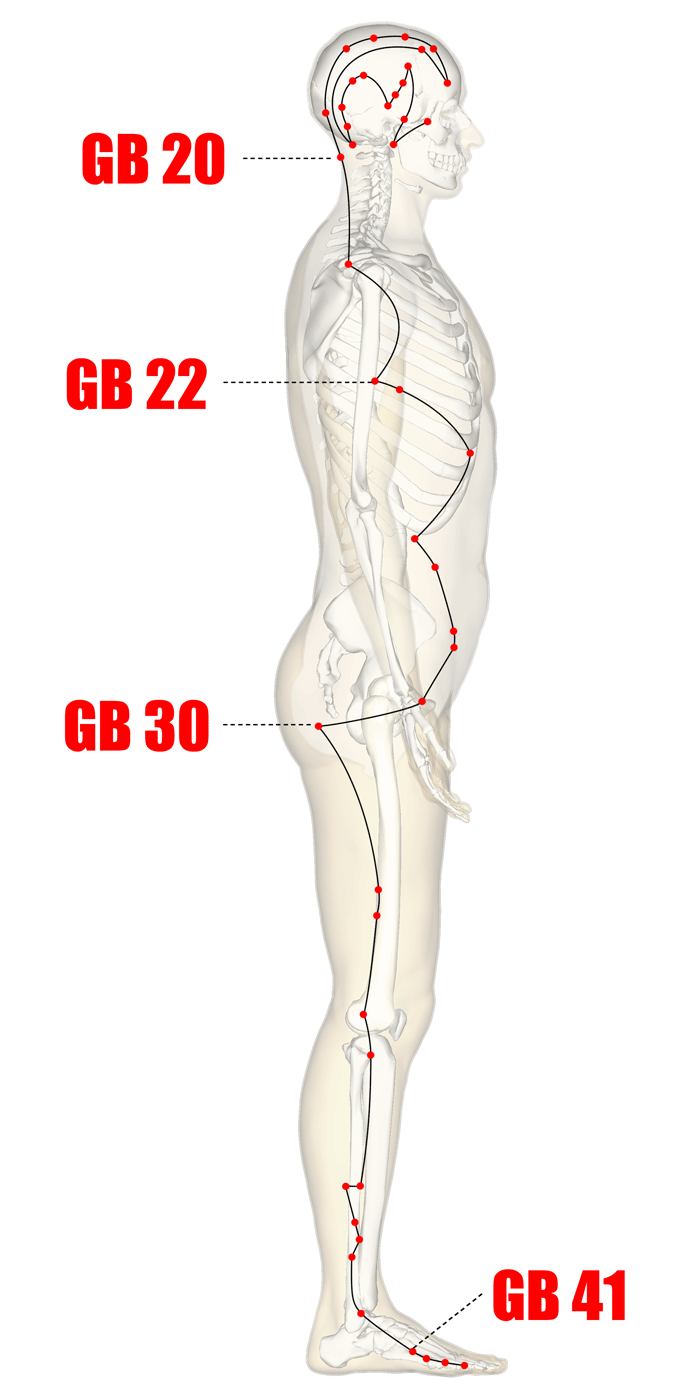
GB20 (Wind Pool)
Location: Below the occipital bone in the depression between the sternocleidomastoid process and the trapezius
Indications: Great effect of the head and brain, important point in reducing pain and calming the mind.
Conditions: Used for headache, migraine, eye inflammation, dizziness, vertigo, stiff neck, hypotension, tinnitus, impaired hearing, Méniére’s syndrome, facial paralysis, TMJ syndrome, nose bleeds, poor memory, mental, restlessness, irritability and mood swings.
GB22 (Shoulder Well)
Location: Midpoint between the depression below the spinous process of C7 and the acromion.
Indications: Wonderful point with many uses and actions. Excellent in helping with head and neck pain, calming and clearing the mind, relaxing the throat, treating constipation, helping with gynecological conditions.
Conditions: Include headache, migraine, sinusitis, facial paralysis, TMJ syndrome, tinnitus, deafness, amnesia and insomnia. Treats disorders of the neck and shoulders. Helps with dizziness, vertigo, hemiplegia and many other neurological symptoms.
GB30 (Jumping Circle)
Location: Large depression behind the hip joint, 1/3 of the distance between the greater trochanter and the sacral hiatus.
Indications: Wonderful acupoint in the treatment of hip and lower spine conditions.
Conditions: Included sciatica, hip pain and stiffness, osteoarthritis and weakness in the lower limb, hemiplegia and lymphatic and blood stagnation.
Great Point: GB41 (Foot Governor of Tears)
Location: dorsum of foot, between 4th and 5h toes close to the tendon to the little toe
Indications: The most energetically and useful channel point on the foot
Conditions: Conditions of the eyes and ears, hemi-cranial headaches and migraine, paralysis and loss of sensation, pain in the abdominal and lumbar regions, dysmenorrhea and regulating menstruation. Often use for pain during child birth.
As with Spring, the wood element embodies renewal, awakening, and rebirth. The virtues of Wood are forgiveness. Wood roots us in the past, lets us stand tall in the present, and gives us the vision to move ahead in the future.
